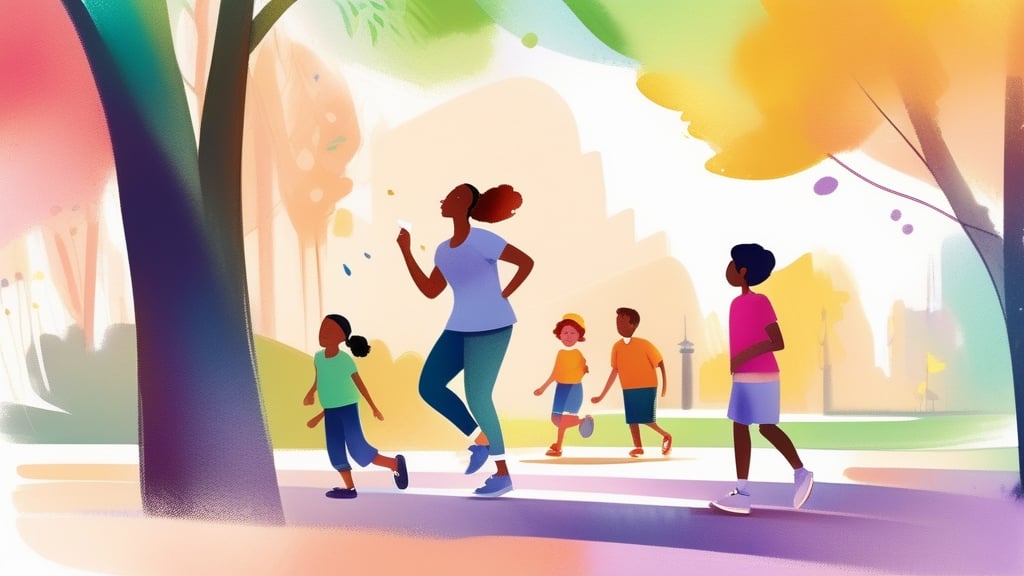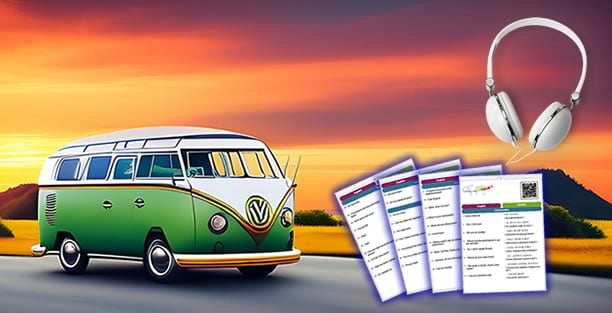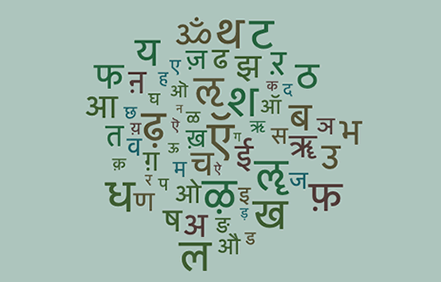Learn Hindi
| English | Hindi | |||
|---|---|---|---|---|
| Hello | नमस्ते | |||
| Good evening | गुड इवनिंग | |||
| Goodbye | फिर मिलेंगे | |||
| Goodbye | अलविदा | |||
| See you later | बाद में मिलते हैं | |||
| See you later | फिर मिलेंगे | |||
| Yes | हाँ | |||
| No | नहीं | |||
| Excuse me! | माफ़ कीजिए | |||
| Excuse me! | सुनिए | |||
| Thanks | धन्यवाद | |||
| Thanks | शुक्रिया | |||
| Thanks a lot | बहुत-बहुत शुक्रिया | |||
| Thanks a lot | शुक्रिया | |||
| Thank you for your help | मदद के लिए धन्यवाद | |||
| Thank you for your help | मदद के लिए शुक्रिया | |||
| You’re welcome | कोई बात नहीं | |||
| Okay | ठीक है | |||
| How much is it? | यह कितने का है? | |||
| How much is it? | इसकी कीमत क्या है? | |||
| Sorry! | माफ़ करें! | |||
| I don't understand | मैं समझा नहीं | |||
| I get it | मैं समझता हूँ | |||
| I get it | मैं समझ गयी | |||
| I don't know | मुझे नहीं पता | |||
| Forbidden | मना | |||
| Forbidden | मना है | |||
| Excuse me, where are the toilets? | सुनिए, टॉयलेट कहाँ है? | |||
| Happy New Year! | नया साल मुबारक हो | |||
| Happy New Year! | नए वर्ष की शुभकामनाएँ | |||
| Happy Birthday! | जन्मदिन की शुभकामनाएँ | |||
| Happy Birthday! | सालगिरह मुबारक | |||
| Congratulations! | बधाई हो! | |||
| Congratulations! | मुबारक हो |
Objectives This course aims to give travelers the tools they need to quickly master essential expressions in Hindi for everyday situations, such as greeting someone, asking for directions, or ordering a dish in a restaurant. By the end of the course, learners will be able to communicate with simple words on their next trip to India or any Hindi-speaking region.
How to Learn Hindi by Yourself? Start with an Easy and Free Online Course!
We have adopted an objective and efficient approach to learn how to speak a language easily and quickly.
We suggest you start by memorizing words, phrases, and practical expressions that you can use in everyday life and that will be useful when traveling.
Getting used to pronouncing words out loud, such as numbers, is an easy exercise you can often practice and at any time throughout the day.
This practice will help you get accustomed to the sounds of your chosen language, making it more familiar.
Once your holidays have begun, whether in New Delhi or another city in India, you will be surprised at how familiar and easy to understand it will seem.
Furthermore, using a pocket dictionary is always useful, particularly during a trip. It allows you to find the translation of new words and enrich your vocabulary.
Why Speak Hindi When Traveling?
An Economic and Cultural Power
Spoken mainly in northern India, but also present in Pakistan and Nepal, Hindi is the official language of the country, with up to 450 million speakers, including 230 million as their mother tongue.
The second most populous country and the seventh largest in the world, India is one of the 10 largest world powers in terms of GDP and is a member of several international accords, including the BRICS.
Even though English is widely spoken, speaking Hindi will be a great asset in conducting business in the country, as well as for visiting the architectural wonders of the Brihadeeswarar Temple and the Taj Mahal, exploring the national parks and their wildlife, and bathing in the waters of Goa.
Tourist hotspots are countless, but they do not supplant the popular culture of the country, whose personalities include writer Rabindranath Tagore, winner of the Nobel Prize for Literature in 1913, and whose Bollywood film industry is one of the most prolific in the world.
Religious tourism is another point of interest, as India has a rich history that goes back thousands of years and has seen the birth of many religions practiced around the world today, such as Hinduism, Jainism, Buddhism, and Sikhism.
Make a Success of Your Stay in India
Whether you are going to spend a few days with friends on a leisure trip or if you are on a business trip, nothing will be more useful than being able to slip in a few words in the language of your interlocutors. They will appreciate your effort and be more willing to help.
How to Succeed in Having Good Pronunciation Within a Week to a Month?
As an Indo-European language, Hindi uses the Devanāgarī script, an alpha syllabary (a system between a syllabary and an alphabet) where syllables can be modified or suppressed by ancillary signs.
The Devanāgarī script is written and read from left to right and consists of phonological oppositions of short and long vowels, aspirated and non-aspirated consonants, and dental and retroflex consonants. Additional diacritics will be of great help in pronunciation. Here are some examples:
- Candrabindu (◌ँ ~): Placed above the vowel, it marks its nasalization.
- Visarga (:): Placed at the end of a word, it indicates a sigh or an echo sound.
Practical Tips for Learning Hindi
1. Start with the Basics
Begin by learning the Devanāgarī alphabet and basic pronunciation rules. This foundation will help you read and speak Hindi more accurately.
2. Build Your Vocabulary
Focus on everyday words and phrases that you are likely to use. Flashcards and language apps can be very helpful in expanding your vocabulary.
3. Practice Speaking
Speak Hindi as much as possible. Practice with native speakers or fellow learners. Use language exchange platforms to find conversation partners.
4. Immerse Yourself
Immerse yourself in the language through Hindi media. Watch Hindi movies, listen to Hindi music, and follow Hindi news. This will help improve your listening skills and familiarize you with the cultural context.
5. Use Official Online Resources
There are many official online resources to help you learn Hindi:
- Government of India: Provides comprehensive resources for learning Hindi and information about India.
- National Institute of Open Schooling (NIOS): Provides Hindi learning materials and courses.
- Swayam: Offers online courses in Hindi and other subjects.
6. Take a Language Course
Consider enrolling in a language course with a qualified teacher. Personalized instruction can accelerate your learning and help you master difficult concepts.
7. Stay Consistent
Consistency is key. Practice Hindi daily, even if only for a few minutes. Regular exposure and practice will lead to steady progress.
By following these steps and utilizing the available resources, you can start speaking and understanding Hindi in no time. Happy learning!






